Tag Archive for: Technology
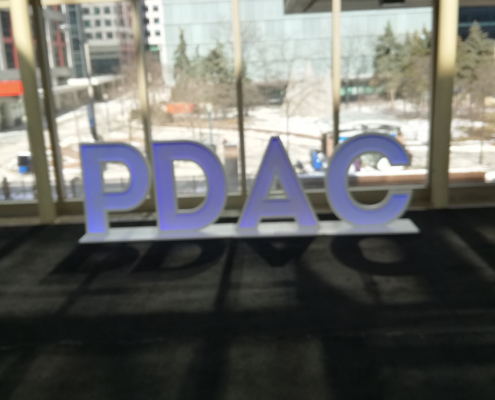 La Palma Research Centre
La Palma Research CentreLPRC at PDAC 2020
LPRC member Luís Lopes was present at the most recent PDAC convention,…
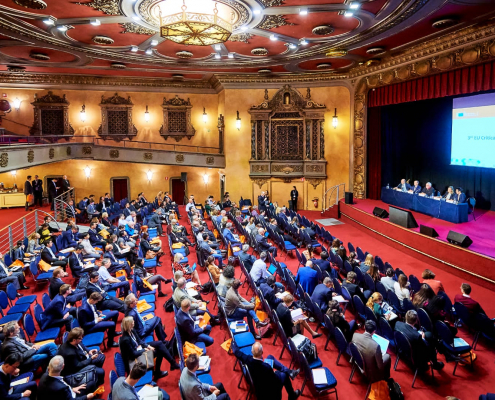 Raw Materials Week
Raw Materials WeekRaw Materials Week, Brussels
LPRC participated on this year Raw Materials Week, one of the…
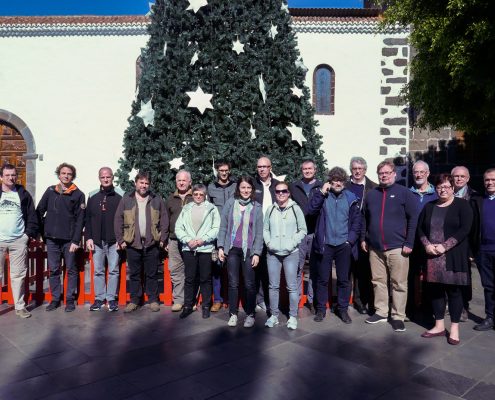
Closing of the UNEXMIN Project
The UNEXMIN project, where LPRC leaded tasks on Dissemination,…
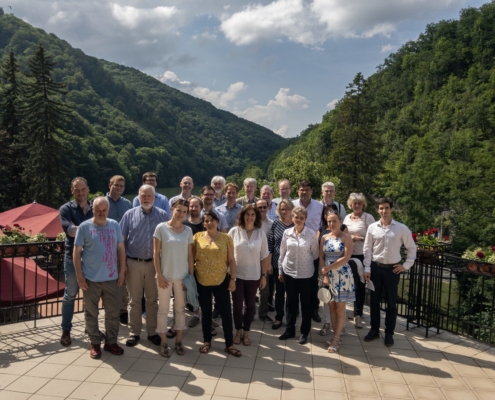 Tamas Miklovicz
Tamas MikloviczCHPM2030 project closure
CHPM2030 Final meeting
The CHPM2030 project partners met in…
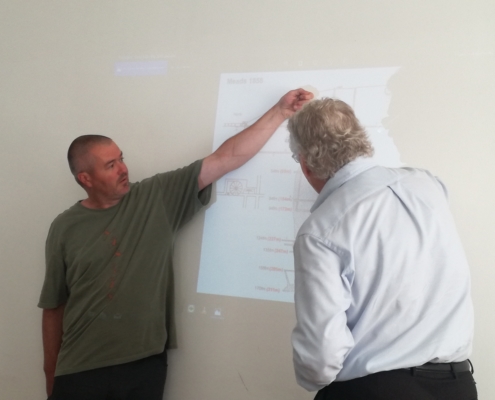 La Palma Research Centre
La Palma Research CentreUNEXMIN Consortium meeting, Budapest
LPRC member Luís Lopes recently participated in the UNEXMIN…
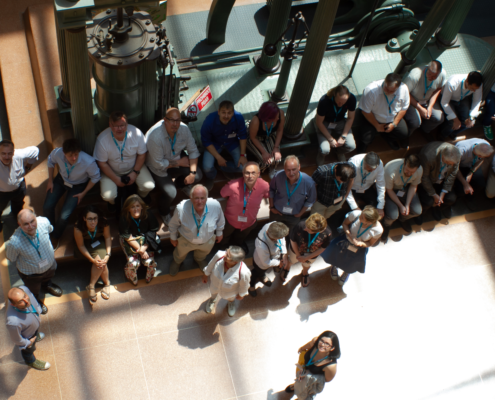
RoboMiners Kick-off meeting, Madrid
The 13th and 14th of June the Politechnical University of Madrid…
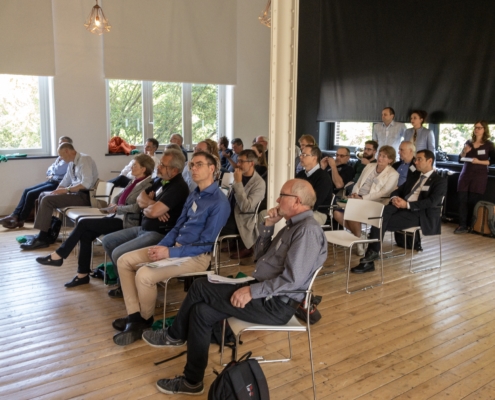
CHPM2030 final conference, Delft
The CHPM2030 final conference took place last week, in Delft,…
Tag Archive for: Technology
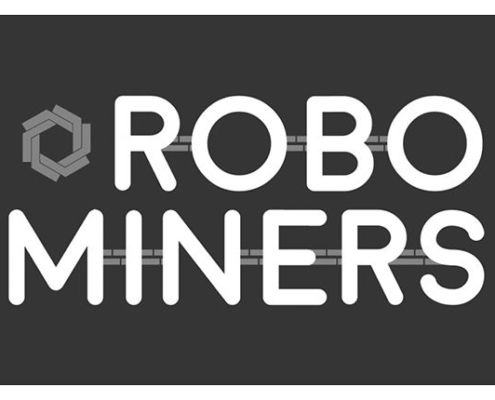
ROBOMINERS
Resilient Bio-Inspired Modular Robotic Miners for high grade/small scale deposits
